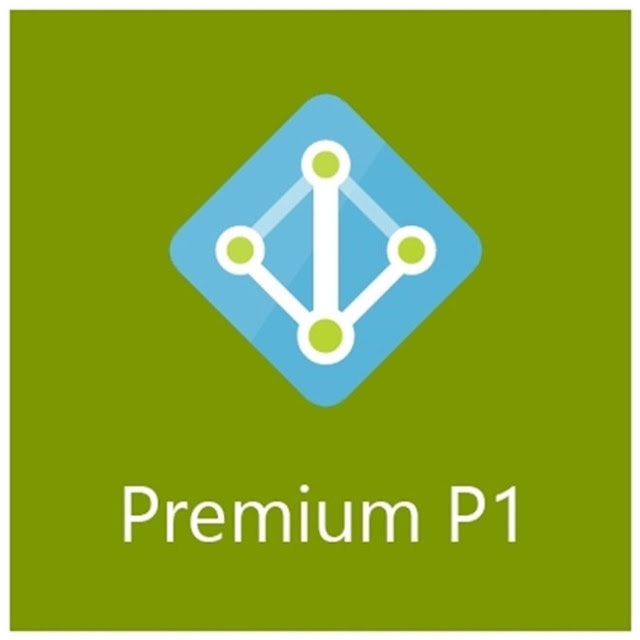Azure Active Directory (AAD) is a cloud-based identity and access management (IAM) service from Microsoft that provides secure authentication, authorization, and access control for applications and services. Azure AD is a core component of Microsoft's cloud offerings and is used by millions of organizations worldwide. Azure AD comes in several editions, including the free edition, the basic edition, and the premium editions. In this article, we will focus on Azure Active Directory Premium P1.
Azure Active Directory Premium P1 is a subscription-based version of Azure AD that provides advanced features for identity and access management. It is designed to meet the identity and access needs of small and medium-sized businesses. Azure AD Premium P1 provides the following features:
Conditional Access: Conditional access is a feature that allows administrators to control access to applications based on various conditions, such as user location, device type, and user group. This feature helps to ensure that only authorized users can access sensitive applications and data.
Identity Protection: Identity protection is a feature that helps to detect and respond to potential identity threats. Azure AD Premium P1 provides real-time risk assessments and conditional access policies based on the risk level of the user.
Azure AD Connect Health: Azure AD Connect Health is a feature that provides monitoring and reporting for hybrid identity scenarios. It helps administrators to monitor the health of their on-premises Active Directory infrastructure and troubleshoot issues related to synchronization.
Microsoft Cloud App Security: Microsoft Cloud App Security is a feature that provides visibility and control over cloud applications. It allows administrators to monitor user activity and enforce policies for data protection.
Privileged Identity Management: Privileged Identity Management is a feature that allows administrators to manage and control access to privileged accounts. It provides just-in-time access, which means that privileged access is granted only when needed and for a limited time.
Self-Service Password Reset: Self-Service Password Reset is a feature that allows users to reset their passwords without the need for IT assistance. This feature helps to reduce helpdesk costs and improve user productivity.
Multi-Factor Authentication: Multi-Factor Authentication is a feature that adds an additional layer of security to user authentication. It requires users to provide additional proof of identity, such as a phone call or a text message, in addition to their username and password.
Azure Active Directory Premium P1 is available as a standalone subscription or as part of the Microsoft 365 Enterprise suite. The Microsoft 365 Enterprise suite includes Office 365, Windows 10 Enterprise, and Enterprise Mobility + Security. The suite provides a comprehensive set of productivity and security tools for organizations of all sizes.
Azure Active Directory Premium P1 is easy to set up and manage. Administrators can use the Azure portal to manage users, groups, and applications. They can also use PowerShell scripts for automation and customization. Azure AD Premium P1 provides a seamless user experience across devices and platforms. Users can access their applications and data from anywhere, using any device.
Azure AD Premium P1 provides a cost-effective solution for small and medium-sized businesses. It provides advanced features for identity and access management, without the need for expensive hardware or software. Azure AD Premium P1 is also highly scalable, which means that it can grow with your business needs.
In conclusion, Azure Active Directory Premium P1 is a powerful identity and access management solution for small and medium-sized businesses. It provides advanced features for conditional access, identity protection, monitoring, and control. Azure AD Premium P1 is easy to set up and manage, and it provides a seamless user experience across devices and platforms. Azure AD Premium P1 is a cost-effective solution that can help to improve security, reduce costs, and increase productivity.

Comments
Post a Comment